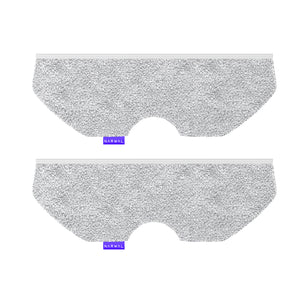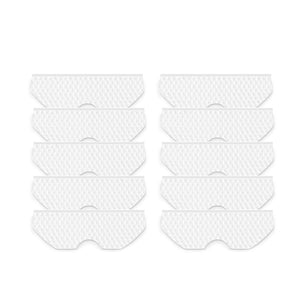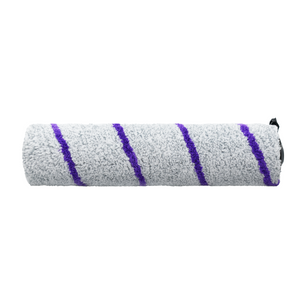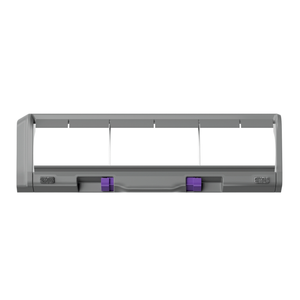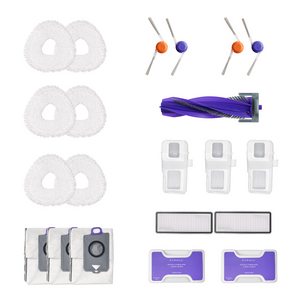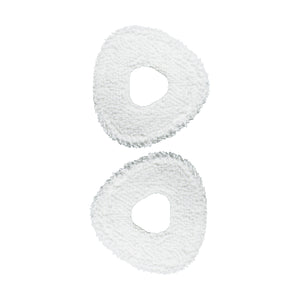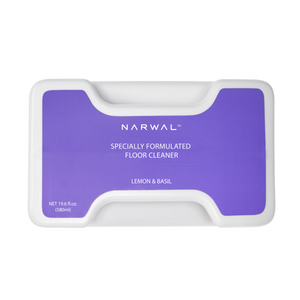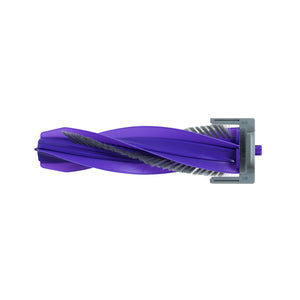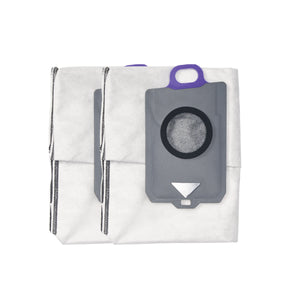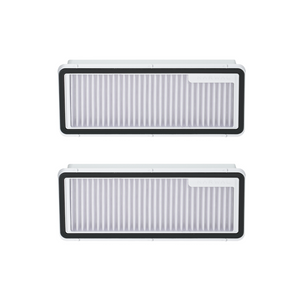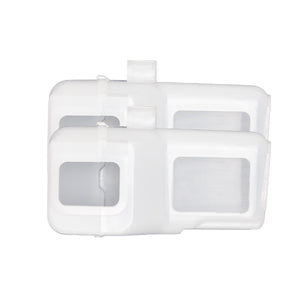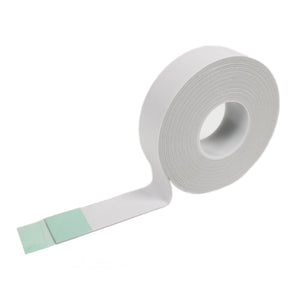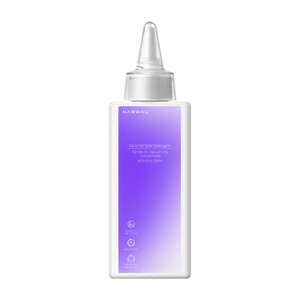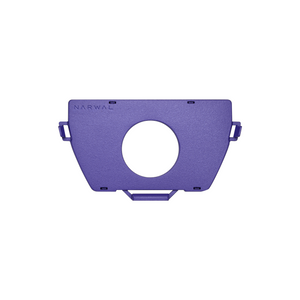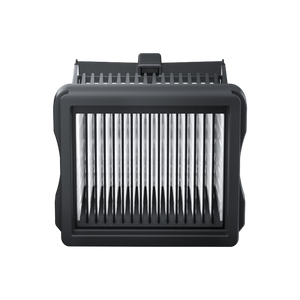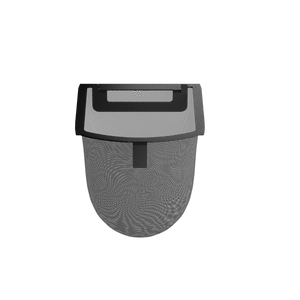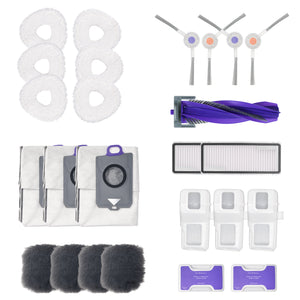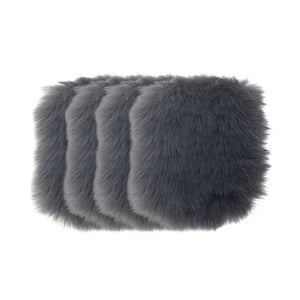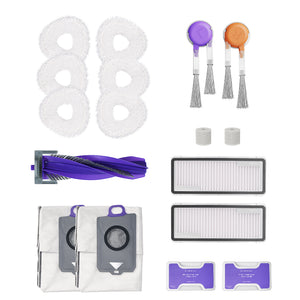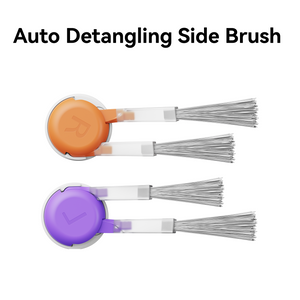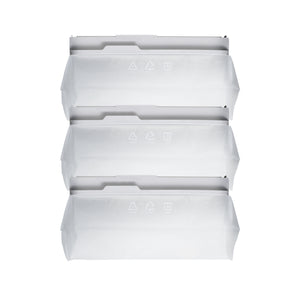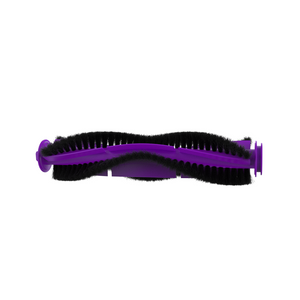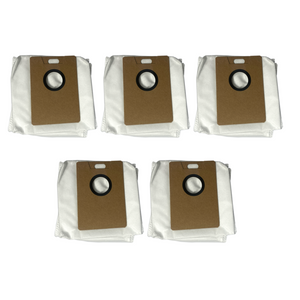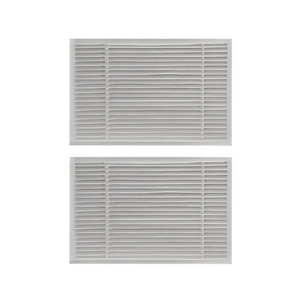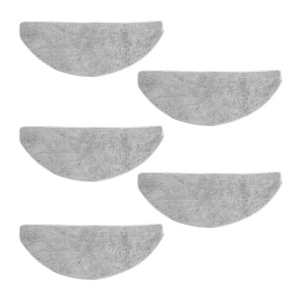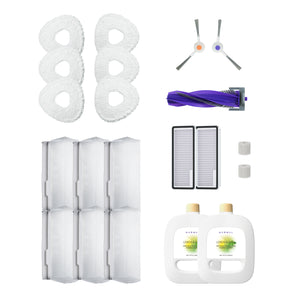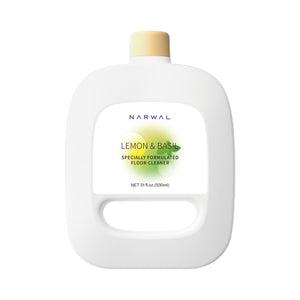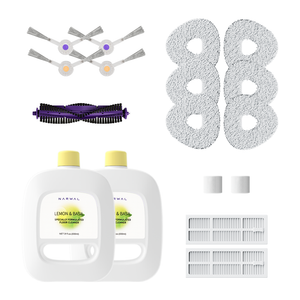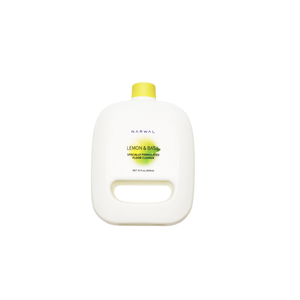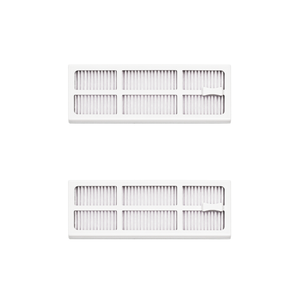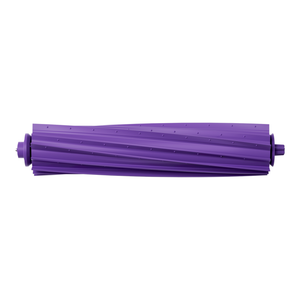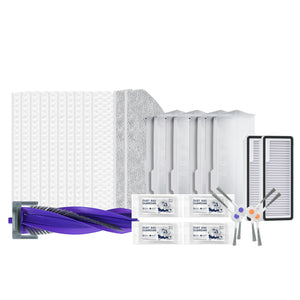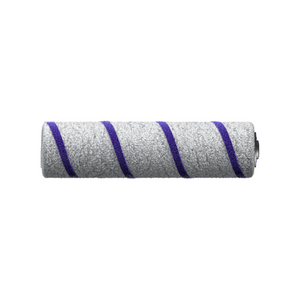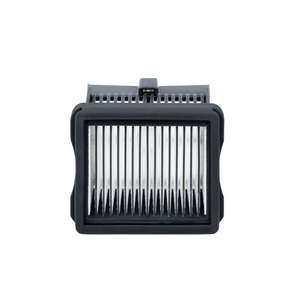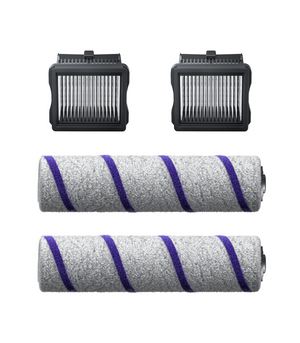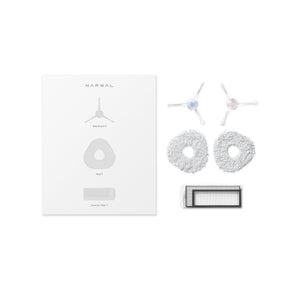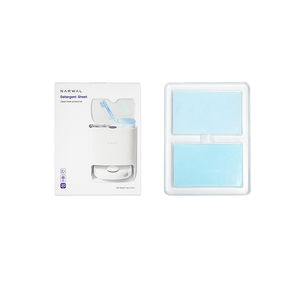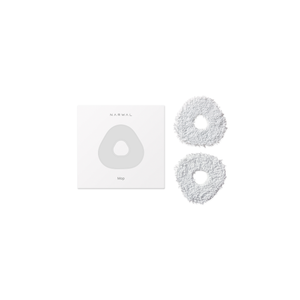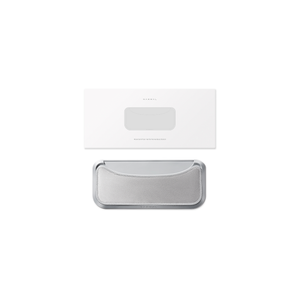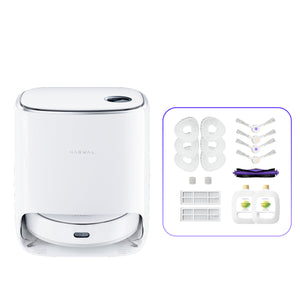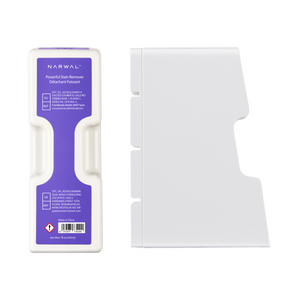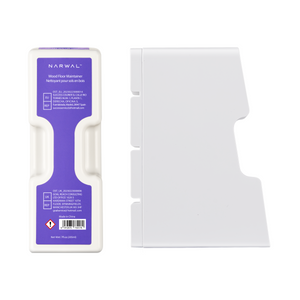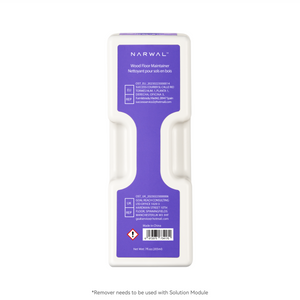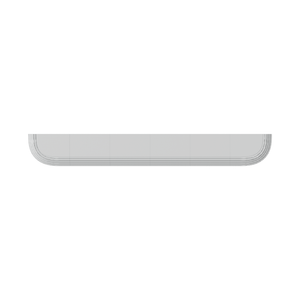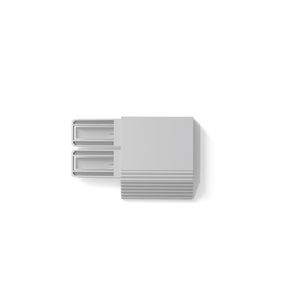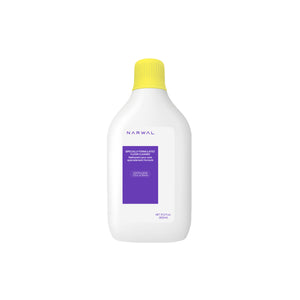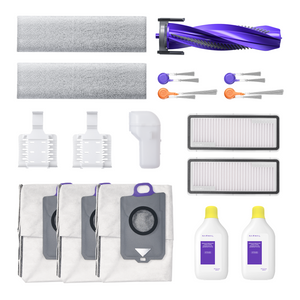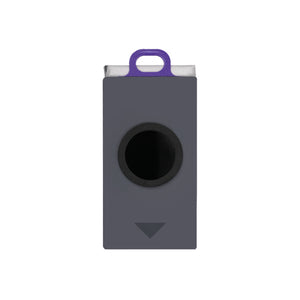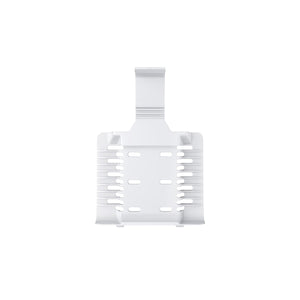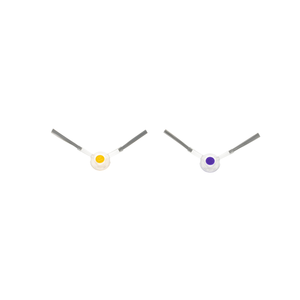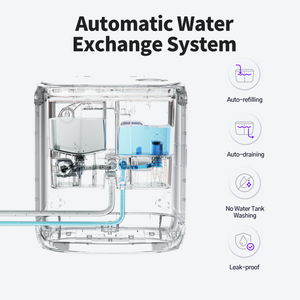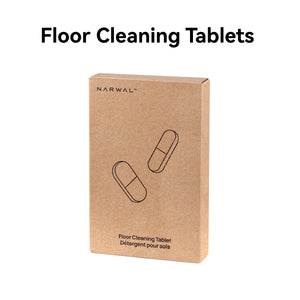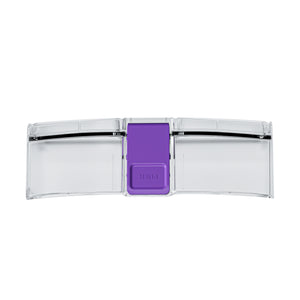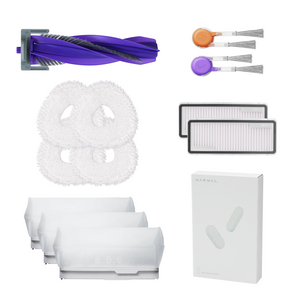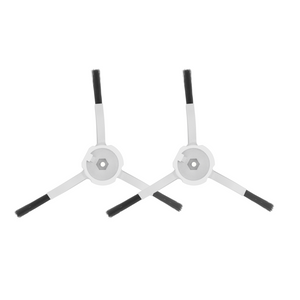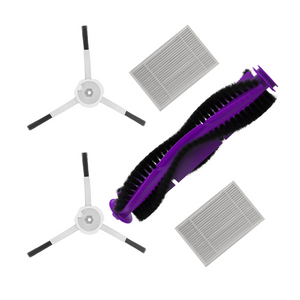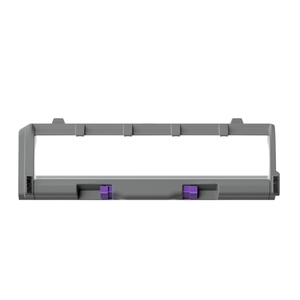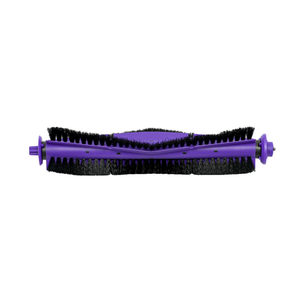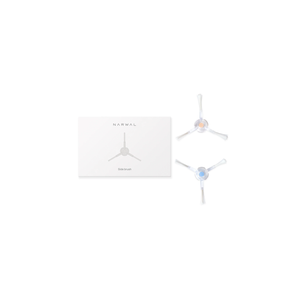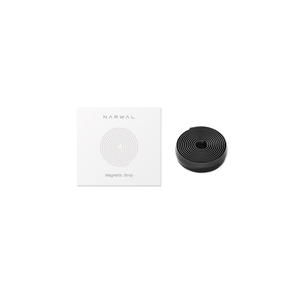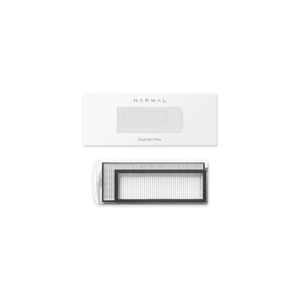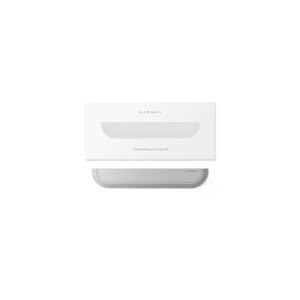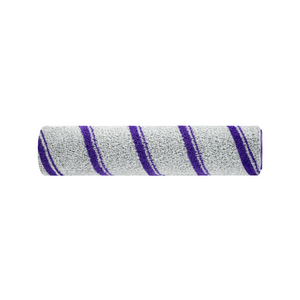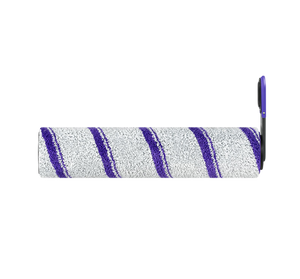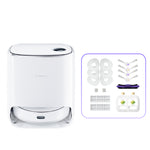The story behind the vacuum is one of forgotten inventors, trial-and-error breakthroughs, and decades of quiet innovation. Understanding that story adds new value to a tool we often take for granted.
In this article, we’ll explore who invented the vacuum and when it first appeared. We’ll walk through its development over time, including the rise of robotic vacuums. You’ll also learn what people used before vacuums, why they remain essential today, and find clear answers to common questions about their history.
Who Invented the Vacuum and When?
The first suction-based vacuum cleaner was invented in 1901 by a British engineer named Hubert Cecil Booth. He believed that instead of blowing air to move dust around, a better way was to suck it directly into a container using filters. This simple idea changed cleaning forever.
Booth got the inspiration after seeing a machine that blew dust off carpets in a theater. He thought it made things worse, not better. So he decided to design something that could pull dust in and trap it. His first vacuum cleaner was huge. It ran on gasoline, sat on a cart, and was pulled by horses through the streets of London.
To use it, long hoses were brought into homes through the windows. It made a lot of noise and cost as much as a maid’s yearly salary, so only wealthy families could afford it. But it worked. Booth’s design proved that suction was more effective than blowing. That idea became the base for all modern vacuum cleaners.
The History of Vacuum Cleaners

The history of vacuum cleaners is a story of steady progress, moving from hand-powered sweepers to smart machines that clean on their own. In this section, we will walk through each key stage.
We begin with simple tools from the 1800s and move toward today's robotic models that can map your home and empty themselves. This timeline shows how new ideas, motors, and automation slowly turned a bulky cleaning machine into a trusted tool in daily life.
1860s to 1890s Manual Carpet Sweepers and Air Blowers
In 1860, Daniel Hess of Iowa invented one of the first mechanical carpet cleaners. His design used a rotating brush and a bellows system to draw in dust through a filter. It was a simple hand-pushed device with no motor.
In 1868, Ives McGaffey from Chicago created the “Whirlwind,” a vacuum-like machine powered by a hand-cranked fan. It was bulky and hard to operate, but it showed that people were starting to think about powered cleaning.
In 1876, Melville Bissell developed a mechanical carpet sweeper that used rotating brushes to lift dirt and collect it in a built-in compartment. Unlike earlier machines, Bissell’s sweeper became a commercial success and was widely used in homes.
1890s
In the 1890s, inventors began testing air-blowing machines. These devices used cranks or basic motors to push dust off surfaces. However, blowing air only moved the dirt around instead of removing it. The lack of true cleaning power made these designs short-lived, but they pushed engineers to explore suction as a better method.
1901 The Invention of the Suction Vacuum by Booth
In 1901, British engineer Hubert Cecil Booth invented the first vacuum cleaner that used suction to remove dust. The idea came to him after he watched a machine at a theater that tried to clean carpets by blowing air. Booth noticed that the dust wasn’t being removed. It was just being scattered into the air.
He believed a better solution was to pull the dust in and trap it. To test this, he covered his mouth with a handkerchief and tried to suck dust from a chair. The experiment nearly made him choke, but it confirmed his theory. Soon after, Booth designed a large machine powered by a petrol engine that used suction and filters to collect dust.
The machine was mounted on a cart and pulled through the streets. It stayed outside the building while long hoses were fed through the windows to clean inside. This service was expensive, and only rich households or large buildings could afford it. But it was the first real success in using suction to clean deeply.
Booth’s invention marked the beginning of modern vacuum technology. His design proved that suction was more effective than blowing and laid the foundation for all future vacuum cleaners.
1907 to 1930s The Rise of Electric and Portable Models
In 1907, James Murray Spangler, a janitor in Ohio, invented the first portable electric vacuum cleaner. His design used a small electric motor, a rotating brush, and a pillowcase to collect dust. It was compact, lightweight, and far more practical for home use than Booth’s large outdoor machines.
In 1908, Spangler sold the patent to William Hoover, who improved the design and launched the Hoover Model O. It had a metal casing, a cloth filter bag, and various nozzles for different surfaces. Hoover introduced door-to-door sales across the United States, which helped the vacuum cleaner enter more homes and gain public trust.
During the 1920s, as electricity became more widely available in cities, vacuum cleaner usage increased. Manufacturers began refining the structure of the machines, making them smaller, quieter, and easier to store. Some models introduced disposable paper filter bags, which made cleaning more hygienic and convenient.
By the 1930s, portable electric vacuums had moved from luxury items to everyday tools in middle-class homes. Vacuuming was no longer something that required hired help. People could clean their homes quickly and on their own, making vacuuming part of the modern domestic routine.
1950s to 1980s From Upright to Canister and Bagless Designs
In the 1950s, upright vacuum cleaners became the standard in many households. These models had a tall, all-in-one design with the motor, filter bag, and brush head built into a single unit. They were easy to push and worked well on wall-to-wall carpets, which were becoming more popular in North American homes at the time.
By the 1960s, canister vacuum cleaners started gaining attention. These models separated the suction unit from the cleaning head, making them lighter to handle and more flexible for reaching under furniture or cleaning stairs. The hose and wand system also allowed users to switch between attachments easily. Canister vacuums became especially popular in Europe and among homeowners who needed more maneuverability.
In the 1970s, disposable dust bags were widely used, but they came with downsides. As bags filled up, suction often dropped, and replacing them added cost and inconvenience. This led to more interest in alternative systems.
By the 1980s, the idea of bagless vacuum cleaners began to take hold. Some early designs used simple bins or cloth filters instead of disposable bags. Although still basic, these models paved the way for the more advanced cyclonic systems that would appear in the next decade.
Throughout these decades, vacuum cleaner design shifted toward better usability. Machines became lighter, quieter, and more compact, matching the pace of modern home life.
1990s to Early 2000s Introduction of Cyclonic and Cordless Vacuums
In the early 1990s, cyclonic vacuum technology entered the consumer market. This system used high-speed spinning airflow to separate dust from the air, removing the need for disposable bags. The dust collected in a clear plastic bin that could be emptied and reused. Unlike traditional models, cyclonic vacuums maintained steady suction even when the bin filled with debris.
In the mid-1990s, portable cordless vacuums began to gain popularity. These devices were battery-powered and designed for short, light-duty cleaning jobs. Early models had limited suction and short battery life, but they were ideal for quick cleanups in small spaces.
By the late 1990s, manufacturers improved cyclonic designs by making them more compact and efficient. Some models introduced multi-stage cyclonic systems, which enhanced dust separation and reduced the need for filter maintenance.
In the early 2000s, cordless vacuum cleaners became more practical for regular use. Advancements in battery technology allowed longer run times and stronger suction. Some models introduced wall-mounted charging stations and lightweight frames, making them easier to store and grab for everyday messes.
This period marked a turning point. Vacuums became more user-friendly, easier to maintain, and better suited to fast-paced home life.
2002 to Present The Evolution of Robotic Vacuum Cleaners

In 2002, the first robotic vacuum cleaners entered the market. These early models could move around on their own, avoid walls, and return to a charging dock. However, they used random navigation and had limited cleaning efficiency.
By the 2010s, robotic vacuums began using visual and laser sensors to scan rooms and create floor maps. This made cleaning paths more accurate and reduced the chances of missing spots. Around the same time, many models added app control, allowing users to schedule and monitor cleaning remotely.
In 2015, voice assistant support became more common. Users could start or stop cleaning with voice commands through smart home systems. Manufacturers also started adding mopping features, letting robots handle both dry and wet cleaning in one go.
In 2020, Narwal introduced a major breakthrough: the first robotic vacuum with automatic mop cleaning and drying. This meant users no longer needed to wash dirty mop pads by hand. The robot returned to its base, rinsed the mops with clean water, and dried them before continuing or ending a session. This feature greatly reduced maintenance time and improved hygiene.
By the early 2020s, self-emptying models became more common. These robots could unload collected dust into a base station, making it possible to clean for weeks without user intervention. Some newer models also used AI to recognize obstacles, avoid pet waste, and adjust cleaning modes based on floor type.
Today’s robotic vacuum cleaners are far more capable than their early versions. With smart navigation, multi-surface cleaning, and automated maintenance, they’ve become a dependable part of modern home routines.
The Future of Smart and AI-Powered Cleaning Devices
In the coming years, robotic vacuum cleaners are expected to become more autonomous, adaptive, and deeply integrated into smart home ecosystems. Instead of waiting for user commands, future models may learn daily routines and clean based on behavior patterns, weather data, or even room usage.
Robots may soon interact with other smart devices. For example, if a window sensor detects pollen levels are high, the vacuum could increase cleaning frequency in specific areas. Integration with indoor air quality monitors and HVAC systems could make cleaning more responsive to health concerns.
Design will also evolve. Future models may become modular, allowing users to upgrade sensors, brushes, or tanks without buying a new unit. Software updates could add new cleaning modes or improve path planning over time.
Eventually, cleaning robots may act as multi-functional home assistants, combining vacuuming with other tasks like object pickup, floor repairs, or even minor indoor inspections using cameras and environmental sensors. The long-term trend points toward a fully automated, self-adjusting cleaning system that requires almost no human intervention.
What Came Before Modern Vacuum Cleaners?
Before modern vacuum cleaners, people used basic tools that relied entirely on manual effort. Cleaning was slow, tiring, and often only moved dust from one spot to another without fully removing it.
Common pre-vacuum cleaning methods included:
-
Straw or twig brooms: Used for sweeping hard floors, though they left behind fine dust.
-
Carpet beaters: Rugs were taken outside and beaten to shake out embedded dirt. This process created large clouds of dust and required significant strength.
-
Damp tea leaves or salt: Spread on floors to help collect dust while sweeping. Afterward, they were swept up and discarded.
-
Dusting cloths and feather dusters: Used for furniture and shelves but often just pushed particles into the air.
-
Hand-cranked sweepers: Introduced in the mid-1800s, these had rotating brushes that collected surface dirt but lacked suction.
-
Air-blowing machines: Tested in the late 1800s, these used fans to blow dust into containers. In practice, they scattered dust and made cleaning less effective.
These tools were better than nothing, but they couldn’t remove fine particles trapped in fabric or carpet fibers. True deep cleaning didn’t become possible until suction-based machines were introduced in the early 20th century.
Why Does the Vacuum Cleaner Still Matters Today?

The vacuum cleaner still plays an essential role in modern life because no other tool removes dust and debris as quickly, thoroughly, and effortlessly. While technology has advanced, the core value of vacuuming remains unchanged: it keeps living spaces healthier and more manageable.
Next, we will explore how they save time and effort, improve air quality, adapt to smart homes, manage pet hair and allergens, and stay practical for people of all ages.
Saves Time and Effort
Vacuum cleaners reduce the time needed for routine cleaning. One pass can replace multiple steps like sweeping, dusting, and wiping. They eliminate the need to move dust manually, especially from carpets and tight corners. For daily maintenance, robotic vacuums now operate independently, allowing homes to stay clean with almost no user effort.
Improves Air Quality
Dust, pollen, and microscopic debris often settle deep into fabric and flooring. Vacuum cleaners with sealed filtration systems can remove these particles before they circulate in the air. This is especially useful in homes with pets or people sensitive to allergens. Regular vacuuming helps limit exposure and supports a healthier indoor environment.
Adapts to Smart Homes
Many vacuum cleaners now integrate with smart home systems. They can be scheduled through mobile apps, respond to voice commands, and adjust cleaning based on room size or floor type. In connected homes, this allows vacuuming to happen automatically, with minimal user input. As smart ecosystems grow, vacuums are becoming part of a broader system that manages household hygiene without daily oversight.
Helps Manage Pet Hair and Allergens
Pet hair can cling to carpets, furniture, and corners where brooms and mops fall short. Vacuum cleaners with strong suction and brushrolls are designed to lift hair from soft surfaces. Models with fine-particle filters also help capture dander and dust mites, reducing common triggers for allergy and asthma symptoms.
For homes with animals, regular vacuuming is one of the most effective ways to control buildup and maintain air quality.
Suitable for All Ages and Lifestyles
Vacuum cleaners are designed to fit different physical needs and living situations.
Lightweight models and easy-grip handles make them accessible to older adults and people with limited mobility.
Robotic vacuums reduce physical effort entirely, which benefits those who cannot lift or bend.
For families, shared routines often include quick daily vacuuming. In small apartments or large houses, the right model can match the space without adding to the workload.
FAQs About Vacuum Cleaner History
How Did People Clean Before Vacuums?
People cleaned with brooms, carpet beaters, and hand tools.
Before suction-based machines existed, cleaning relied on physical effort. Dust was swept with straw brooms, rugs were beaten outdoors, and furniture was wiped with damp cloths. These methods removed visible dirt but left behind fine dust and allergens. Early carpet sweepers used rotating brushes but had no suction, offering only a surface-level solution.
How Much Did the First Vacuum Cleaner Cost?
The first vacuum cleaner service cost as much as a maid’s yearly wage.
Hubert Booth’s 1901 vacuum was not sold to homeowners. Instead, it operated as a cleaning service for wealthy clients. The machine stayed outside on a horse-drawn cart while long hoses were fed into the building. The high cost reflected both the size of the equipment and the labor involved in each visit.
What Is the Oldest Vacuum Cleaner Model?
The oldest known model is a hand-cranked carpet sweeper from the 1860s.
Daniel Hess designed it in 1860. It used bellows and brushes to pull in dust but had no motor. Although not a true vacuum, it introduced the idea of collecting dust into a chamber. This early design set the stage for later machines that added power and suction to the cleaning process.

Vacuum Cleaners Changed Homes and Still Shape How We Live
Vacuum cleaners have come a long way from bulky mechanical sweepers to intelligent, self-operating machines. Their history is not just about tools, but about how technology adapts to the way we live. With each decade, vacuums have helped people save time, live cleaner, and worry less about everyday mess.
This evolution reflects something bigger. It shows our ongoing pursuit of comfort, health, and efficiency in daily life.
Today, smart cleaning is no longer a luxury. It is a quiet shift happening in homes across the world. Cleaning devices now work independently, recharge on their own, and maintain consistent performance without constant user attention.
If you are ready to skip the hassle and truly upgrade your cleaning routine, it is time to try Narwal. With automatic mop washing and drying, Narwal robot vacuums take care of the mess and the maintenance. You get more free time, fewer chores, and a cleaner home with less effort.












